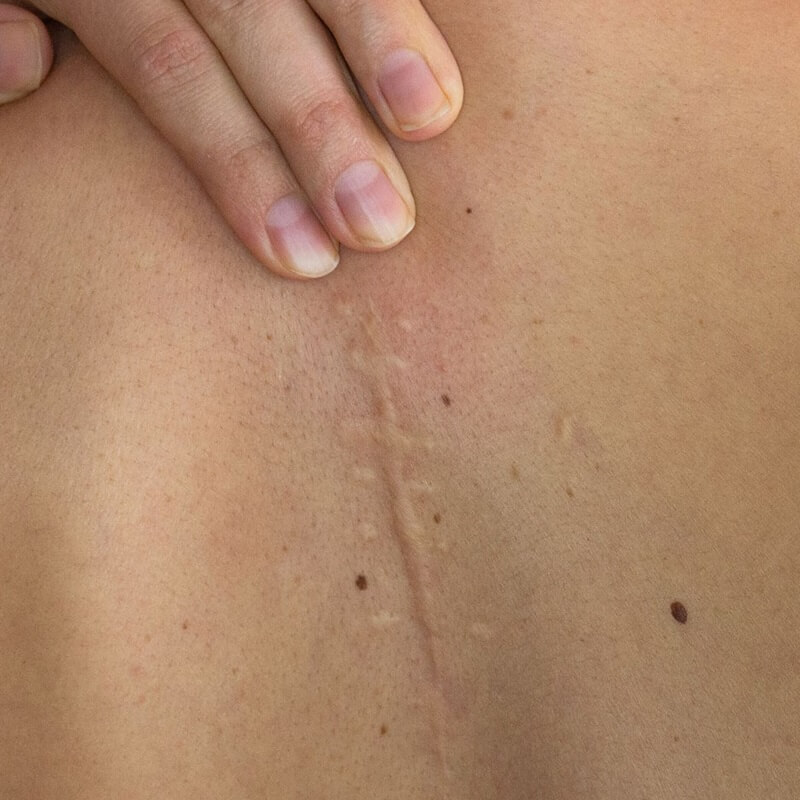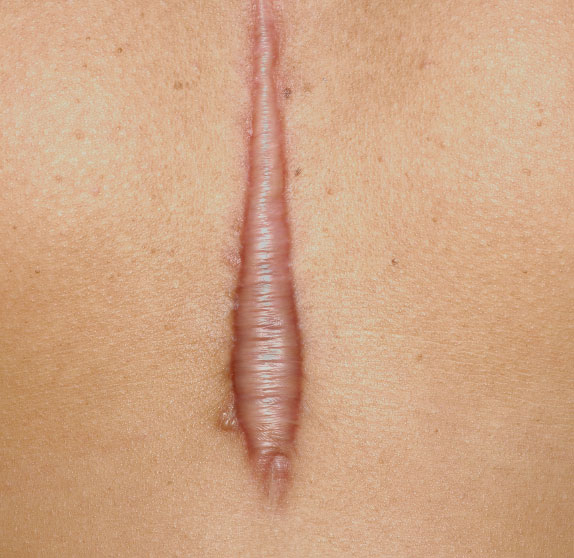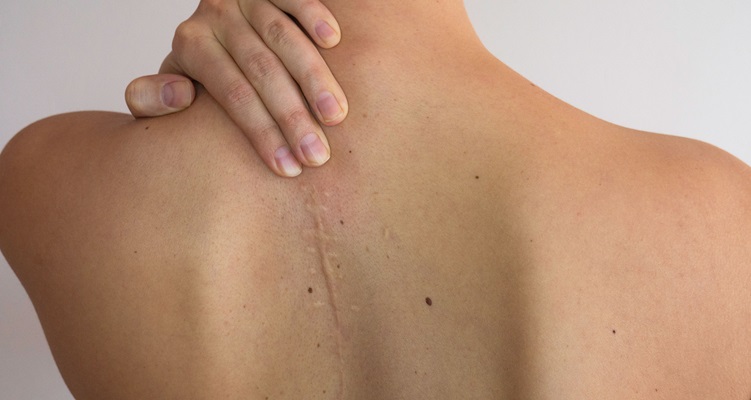In this article, we look at some of the benefits of Scar Tissue Massage.
Here is what this article covers:
Origins Of Scar Tissue Massage
Massage itself, including techniques for addressing scar tissue, has ancient roots, dating back thousands of years in various cultures around the world.
While the concept of massage for therapeutic purposes is ancient, the formal recognition and systematic application of scar tissue massage – also known as scar tissue mobilization or scar tissue therapy – has evolved over the years and the specific focus on scar tissue massage as a distinct therapeutic modality has gained more attention and refinement in modern times.
Scar Tissue Massage In Australia
Scar tissue massage gained popularity in Australia as part of the broader evolution of manual therapy and rehabilitation practices. We can trace the general evolution of manual therapy in Australia to the development and professionalisation of physiotherapy and massage therapy as distinct disciplines.
Massage therapy, including scar tissue massage, saw increased recognition and standardisation during the 20th century. Organizations such as the Australian Association of Massage Therapists (AAMT), founded in 1977 and now known as Massage & Myotherapy Australia, played a role in promoting professional standards and education in massage therapy, including techniques relevant to scar tissue management.
Throughout the latter half of the 20th century and into the 21st century, awareness and adoption of scar tissue massage as a valuable component of rehabilitation and injury management continued to grow among healthcare professionals, including massage therapists.
While pinpointing an exact moment when scar tissue massage gained popularity in Australia is challenging, it’s here now and it’s highly beneficial.
Scar tissue massage can offer several benefits, especially when performed by skilled practitioners.
Here are five main benefits of scar tissue massage:
5 Main Benefits Of Scar Tissue Massage
- Improved Mobility and Flexibility: Scar tissue can restrict movement and flexibility in affected areas, leading to stiffness and reduced range of motion. Massage techniques targeted at scar tissue can help break down adhesions and increase tissue pliability, thereby improving mobility and flexibility.
- Pain Reduction: Scar tissue can sometimes contribute to pain, discomfort, or aching sensations, especially if it forms around nerves or muscles. Massage can help alleviate pain by promoting better circulation, reducing inflammation, and releasing tension in surrounding tissues.
- Enhanced Healing And Recovery: Massage therapy, including scar tissue massage, can stimulate blood flow and lymphatic drainage, which are essential for the body’s natural healing processes. By improving circulation and reducing swelling, massage can support faster recovery from injuries or surgical procedures that result in scar formation.
- Improved Scar Appearance: Massage can help improve scar’s appearance over time, sometimes dramatically. Regular massage can promote collagen remodelling, which may result in softer, flatter, and less noticeable scars, particularly in the case of hypertrophic or keloid scars.
- Psychological Benefits: Dealing with scars, especially those resulting from traumatic injuries or surgeries, can have psychological effects such as self-consciousness or emotional distress. Scar tissue massage, along with the therapeutic touch and supportive environment provided during sessions, can offer psychological benefits such as stress reduction, relaxation, and improved body image perception.
What Is The Difference Between Hypertrophic and Keloid Scars?
“Hypertrophic” refers to a specific type of scar resulting from an overproduction of collagen during the wound healing process and typically occurs at the site of a previous injury, surgery, or trauma to the skin.
“Keloid” is a type of raised scar that forms as a result of abnormal or excessive tissue growth during the wound healing process. Unlike typical scars, which usually fade over time and remain relatively flat, keloids extend beyond the original boundaries of the wound or incision and can become much larger than the initial injury site.
Both hypertrophic and keloid scars share a common feature, which can be the potential for itching, tenderness or discomfort. However, there are significant different features between the two types.
Key Characteristics Of Hypertrophic Scars
- Raised And Thickened: Unlike normal, flat scars that form a thin line, hypertrophic scars are elevated above the surrounding skin and have a thicker texture.
- Red Or Pink Colouration: Hypertrophic scars often appear reddish or pinkish due to increased blood flow and inflammation in the scar tissue.
- Limited Spread: Hypertrophic scars tend to stay within the boundaries of the original wound or incision, without extending beyond that area.

Key Characteristics Of Keloid Scars
- Excessive Growth: Keloids are characterized by an overgrowth of scar tissue beyond the margins of the original wound. They can continue to grow slowly over time, sometimes becoming significantly larger than the original injury.
- Raised And Firm: Keloids have a raised, firm texture compared to the surrounding skin. They can feel rubbery or hard to the touch.
- Shiny And Smooth Surface: The surface of a keloid scar is often smooth and shiny, with a glossy appearance.
- Common Locations: Keloids can occur anywhere on the body but are more common on areas with high tension or movement, such as the chest, shoulders and upper back. They can also develop over joints.

Is Scar Tissue Massage Therapy Painful?
Overall, scar tissue therapy is generally well-tolerated by most individuals. Your therapist will prioritise your comfort and well-being during sessions, and they can adjust the treatment approach to ensure a positive experience. If you have concerns about pain or discomfort during scar tissue therapy, don’t hesitate to discuss them with your therapist before or during the session.
What Results Can I Expect From Scar Tissue Massage Therapy?
Results can vary from person to person depending upon a range of factors, including skin type, the severity of the initial injury or trauma and even genetic makeup, so a definitive answer is not possible. However, you can expect some or all of the five main benefits listed above to varying degrees.

